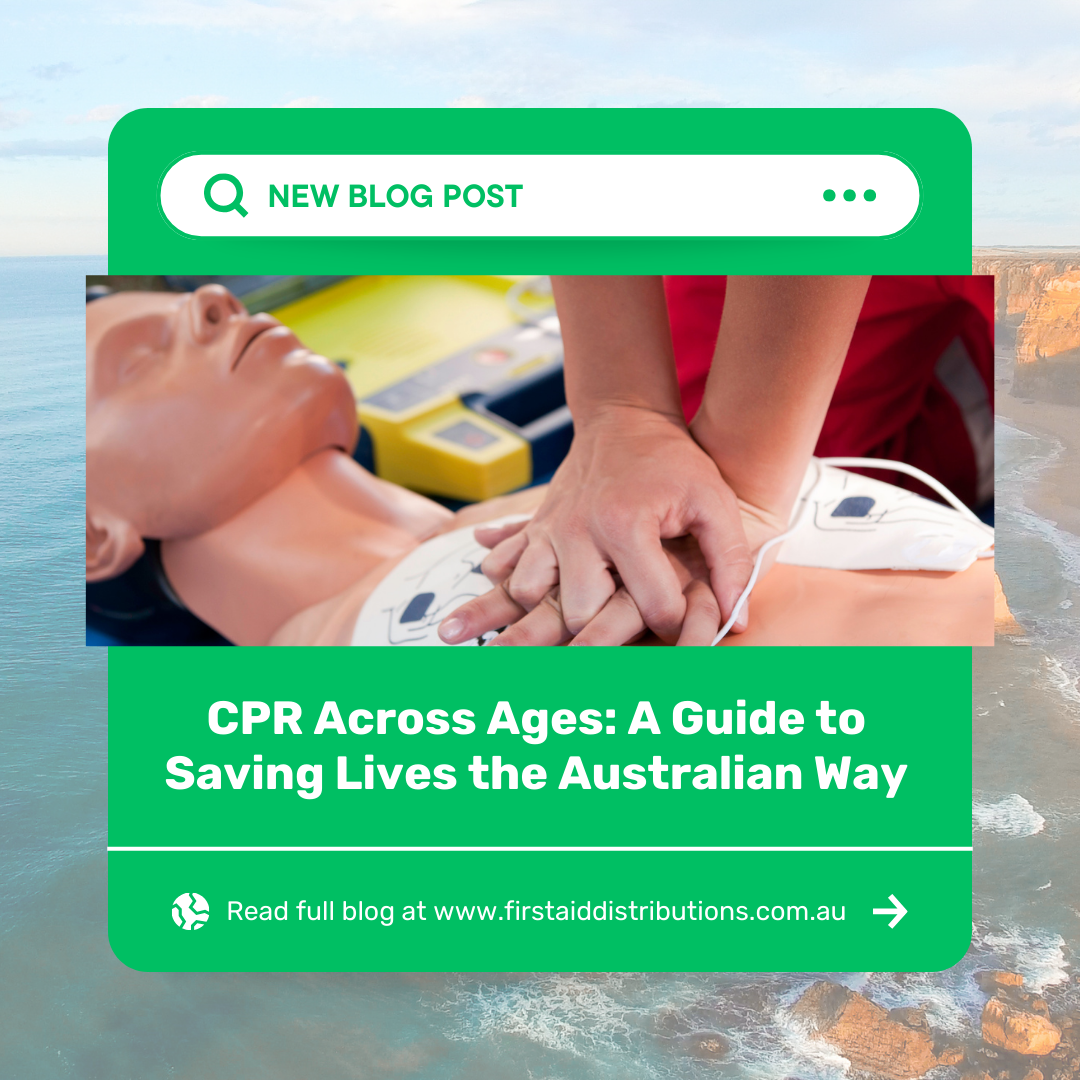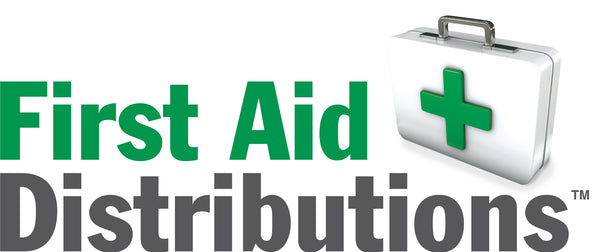FREE FREIGHT AUSTRALIA WIDE FOR ORDERS OVER $200

CPR Across Ages: A Guide to Saving Lives the Australian Way

With its unique landscapes and adventurous terrains, Australia offers a plethora of activities for its residents and tourists. However, with these adventures come unexpected situations that may require immediate medical attention. One of the most crucial skills to have in such emergencies is CPR (Cardiopulmonary Resuscitation). Drawing guidelines from the authoritative Australian Resuscitation Council, let's break down how to perform CPR on adults, children, and infants.
CPR for Adults
- Recognise the Emergency: If an adult is unconscious and not breathing normally, it's time to act. Ensure your safety and the person's safety first.
- Call for Help: Dial triple zero (000) for an ambulance. If someone is nearby, ask them to make the call while you begin CPR.
- Start Chest Compressions: Position your hands one atop the other in the centre of the chest. Press down firmly, compressing at least one-third of the chest depth. Aim for a rate of 100-120 compressions per minute.
- Rescue Breaths: After every 30 compressions, give two breaths. Tilt the person's head back slightly, pinch the nose shut, and breathe into their mouth until you see the chest rise.

CPR for Children (1 Year to Puberty)
- Identify the Situation: If the child is unconscious and not showing normal signs of life, initiate CPR.
- Dial Triple Zero (000): Always get professional medical help on the way.
- Chest Compressions: Using one hand, or two if needed, compress the chest to at least one-third of its depth at a rate of 100-120 compressions per minute.
- Rescue Breaths: Tilt the child's head back slightly and give two effective breaths after 30 compressions.
CPR for Infants (Under 1 Year)
- Assess the Situation: If the infant is not responsive and not breathing, it's essential to act quickly.
- Call for Assistance: Dial triple zero (000) immediately.
- Chest Compressions: Using two fingers, compress the infant's chest to about one-third of its depth. Ensure you're pressing down in the centre of the chest.
- Rescue Breaths: After 30 compressions, give two gentle breaths, just enough to make the chest visibly rise.

Key Points from the Australian Resuscitation Council:
- If you're ever unsure about the situation, it's better to start CPR than to hesitate.
- If you are uncomfortable or unable to give mouth-to-mouth breaths, chest compressions alone are still beneficial.
- For all age groups, if an Automated External Defibrillator (AED) is available, use it as soon as possible. These devices provide clear instructions and can be the difference between life and death.
In Conclusion:
Emergencies can occur anywhere, from the bustling streets of Melbourne to the serene beaches of Gold Coast. Being equipped with the knowledge and skills of CPR, as recommended by the Australian Resuscitation Council, ensures that you can step up in such dire situations. While the hope is to never have to use these skills, having them can make all the difference in a life-threatening scenario.
Note: You can find more information on the Australian Resuscitation Council website, this blog is for educational purposes only. For Proper Training seek your nearest training provider.
